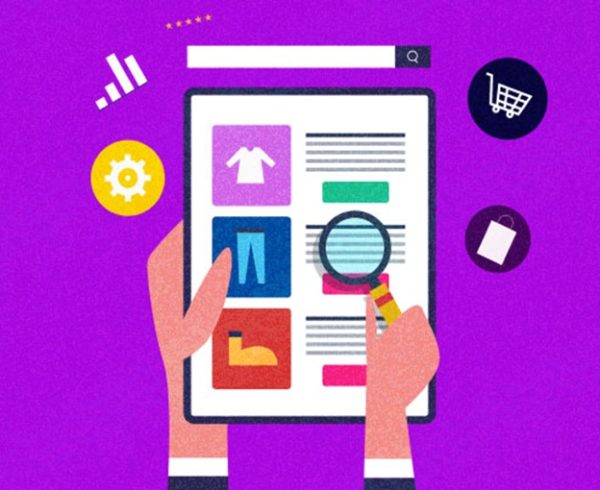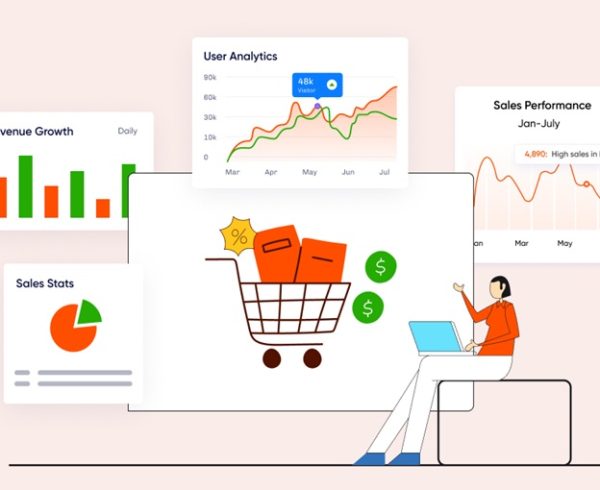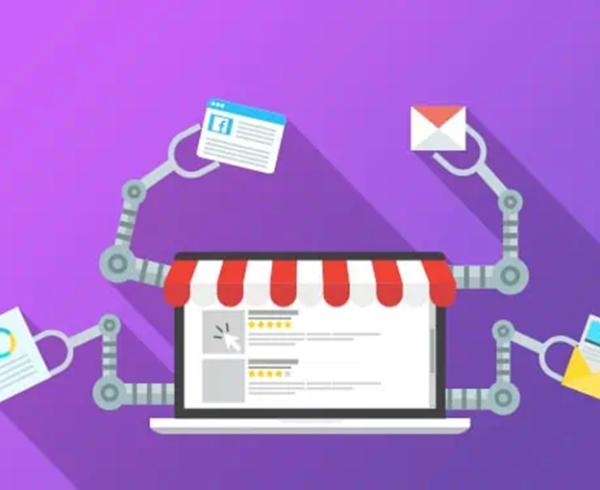You’re not the only person who has ever thought, “I should definitely make an app for that. In 2025, the demand for mobile apps is stronger than ever, and whether you’re a solopreneur with a game-changing idea, a startup founder trying to disrupt a niche, or just someone exploring side hustles on Reddit (hello, iOS and Android app development framework Reddit fans!)The dream of launching a mobile app feels more attainable than ever. The big question, though, isn’t just what app to build, it’s how. More specifically, how do you build an app for both iOS and Android without losing your mind or your money?
The good news is: you don’t need a massive team or a six-figure budget to get started. With the right tools and frameworks, iOS and Android app development in 2025 is more accessible, powerful, and beginner-friendly than ever. From code-once-deploy-everywhere frameworks like Flutter and React Native to full-stack solutions that even let you make an app for free there’s truly something for everyone. Whether you’re curious about the iOS & Android app development difference, the best languages, or just looking for the fastest way to bring your app to life also got you covered.
1. iOS and Android App Development: One Codebase for Flutter to Control Them All
Flutter, backed by Google, continues to dominate the cross-platform scene. Flutter uses Dart (a relatively easy language to learn), and its standout feature is a single codebase that compiles to both Android and iOS natively. No need to manage two separate projects. It’s the go-to for startups and solo developers who want native feel without doubling development time.
2. React Native Facebook’s Gift to Mobile Devs
Another well-liked option for cross-platform development is React Native, which was created by Meta (previously Facebook). It uses JavaScript meaning if you have web dev experience, you’re halfway there.
Why it’s still hot in 2025:
- Reusable code across platforms.
- A massive community and tons of open-source libraries.
- Smooth integration with native modules when needed.
If you’ve browsed any iOS and Android app development Reddit threads, you’ll know this framework has a loyal and active fanbase. React Native strikes a great balance between performance and productivity.
3. Swift and Kotlin For the Native Purists
If you’re someone who values performance, precision, and platform-native user experiences, then welcome to the world of Swift and Kotlin, the go-to languages for native Android and iOS app development software, respectively. While cross-platform frameworks offer speed and convenience, there’s something uniquely powerful about building directly for the platform you’re targeting. Swift, developed by Apple, is a modern programming language known for its clean syntax, safety features, and speed. It’s the gold standard for iOS app development, allowing you to tap into the latest Apple technologies like ARKit, SwiftUI, and Metal with unmatched fluidity. On the Android side, Kotlin, backed by Google, has firmly replaced Java as the preferred language. It’s concise, expressive, and interoperable with Java, making it a dream for developers looking to write less boilerplate and more meaningful code. While going native means managing two separate codebases which can double development effort it also means you get complete control over user interface, performance optimizations, and system-level integrations. For apps that need to push boundaries (think high-performance games, heavy use of sensors, or complex animations), nothing beats the raw power of native. Plus, with both Apple and Google continuously investing in iOS and Android app development language , Swift and Kotlin are not just tools, they’re gateways to the full potential of their platforms. For the developer who wants to get their hands dirty and build truly polished, responsive, and platform-optimized apps, native is still king.
4. Xamarin Microsoft’s Veteran Option
Xamarin might not be as flashy as Flutter or React Native, but it’s a reliable workhorse especially for enterprise solutions. It allows for cross-platform development using C#, and it integrates smoothly with Microsoft products like Azure.
Perfect for:
- Companies with a .NET ecosystem.
- Developers with C# experience.
Xamarin uses native APIs, meaning your app will still feel “right” on both platforms.
FAQs
How can I develop an app for both Android and iOS?
Cross-platform frameworks like Flutter, React Native, or Xamarin are available for use.These allow you to write one codebase and deploy it on both platforms, saving time and money.
What is the difference between iOS and Android app development?
iOS apps are developed using Swift or Objective-C with Xcode, while Android apps use Kotlin or Java with Android Studio. They have different design guidelines, system architectures, and store submission processes.
What is the best language to develop iOS and Android apps?
For cross-platform apps, Dart (Flutter) or JavaScript (React Native) are top choices. Kotlin for Android and Swift for iOS are the finest options for native development.
How much does it cost to develop an app for iOS and Android?
It differs. While more complicated apps might cost over $100,000, simple apps can cost $5,000 to $15,000. The cost can be considerably decreased by using cross-platform tools or no-code platforms..
Are iOS apps more profitable than Android apps?
Generally, yes. Spending on apps and in-app purchases is typically higher for OS users. However, Android has a larger global user base, which can offer higher ad revenue potential.
5. Low-Code & No-Code Builders Make an App for Free (Almost)
Here’s the fun part: you don’t even have to be a coder to build an app in 2025.
Platforms like:
- Adalo
- Thunkable
- AppGyver
- Glide
Allow users to build apps for free (or close to it) using drag-and-drop interfaces. They’re perfect for MVPs, internal tools, or testing an idea before hiring a developer. While these platforms might not match the performance of code-based tools, they’ve come a long way and for many use cases, they’re more than enough.
6. Android Studio & Xcode The Old Guard Still Matters
In the rapidly evolving world of app development, where shiny new frameworks like Flutter and React Native often steal the spotlight, it’s easy to overlook the importance of the classics. But make no mistake Android Studio and Xcode remain the backbone of serious mobile development in 2025. These official IDEs (Integrated Development Environments), built by Google and Apple respectively, are not just tools, they’re ecosystems. If you’re building an app that demands maximum performance, access to the latest device APIs, or deep platform-specific functionality, there’s simply no substitute for going native. Android Studio offers powerful debugging tools, emulators, and seamless support for Kotlin, while Xcode brings robust interface design tools, performance analyzers, and full integration with Swift and Apple’s SDKs. Even if you choose to work with cross-platform frameworks, you’ll often still need Android Studio or Xcode for final builds, deployment, and certain advanced features. Want to publish your app on the App Store? You’ll need Xcode. Testing on the latest Android hardware? Android Studio is your go-to. For developers who want to push the boundaries of what’s possible on mobile, or ensure that their app feels truly “at home” on each platform, mastering these tools is essential. The learning curve might be steeper, but the control, performance, and polish they offer are unmatched and they’re not going anywhere anytime soon.
7. iOS and Android App Development: Unity For Game Development Across Platforms
If your app idea leans toward gaming, Unity remains one of the top choices for cross-platform game development. It’s perfect for building 2D/3D games and AR/VR experiences.
With Unity:
- Build once, export to multiple platforms.
- Huge asset store and tutorials.
- Strong community and enterprise support.
In the end, whether you’re a tech-savvy coder or a complete newbie coming from a “how to make an app for iOS and Android for free” Google search, the tools available in 2025 make app creation more exciting than ever. From powerhouse frameworks like Flutter and React Native to accessible low-code platforms, there’s truly something for everyone. So don’t let tech intimidation stop you. With the right iOS and Android app development software and a bit of persistence, you can bring your vision to life beautifully and efficiently, across both platforms.







